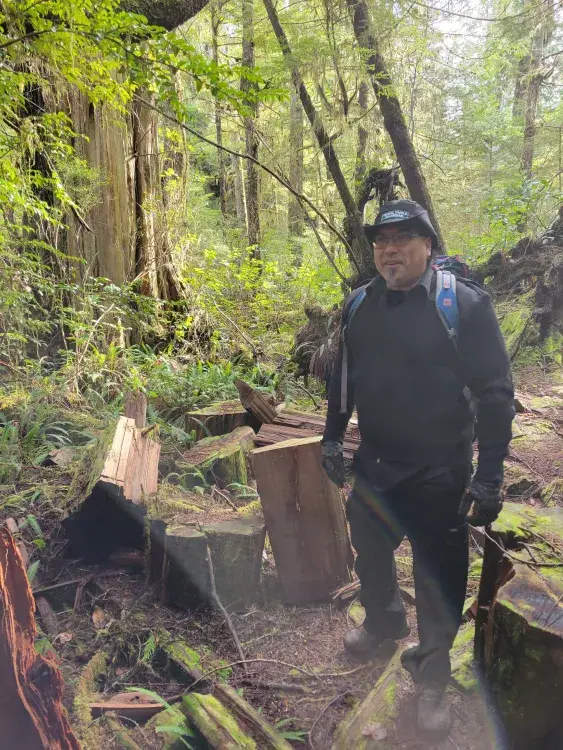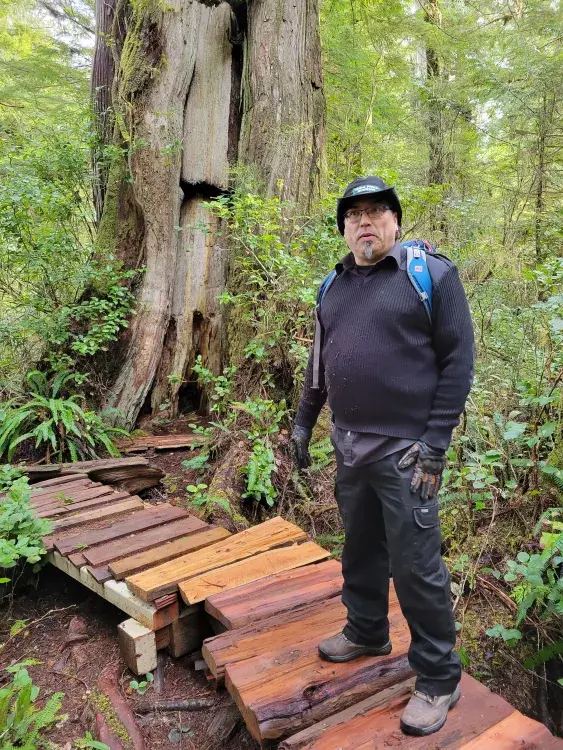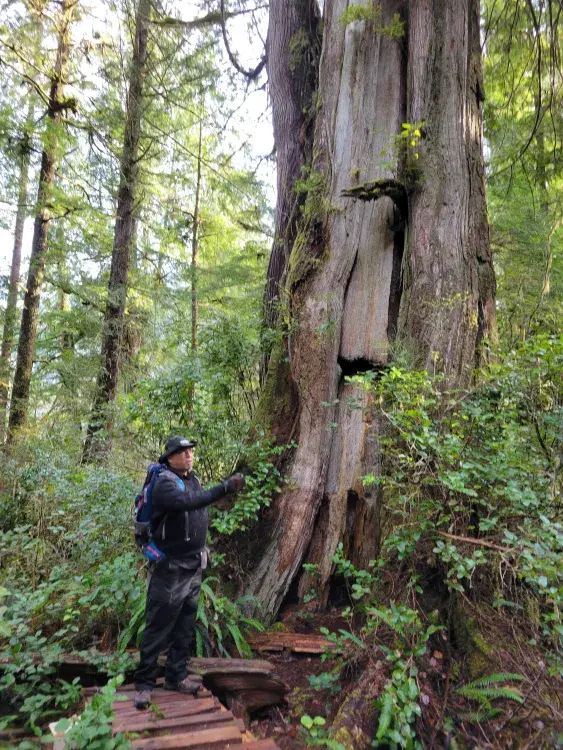A memorandum of understanding was signed on Wednesday, Oct. 4 between Nanwakolas Council and Vancouver Island University (VIU) to offer a new Indigenous Guardianship program, an intensive Stewardship Technician Training Program, with funding from the Ministry of Post-Secondary Education and Future Skills.
At the Campbell River campus, the cohort started their training this October, in a program that aims to empower young First Nation people “not only as Guardians, but to go on to additional education to become qualified scientific and technical professionals in forestry, biology, archaeology, environmental management, and other similar fields,” reads a VIU press release.
The program, according to the press release, will provide guardians with the skills and qualifications needed to protect their lands and waters.
“Investing in Indigenous-led skills training plays a critical role in reconciliation,” said Selina Robinson, minister of Post-Secondary Education and Future Skills, in a press release. “Through significant investments and Indigenous-led partnerships, together we are creating a path forward towards economic opportunities and meaningful work where Indigenous people can gain new skills and serve their communities.”
For Tla-o-qui-aht, they train their Tribal Park guardians while they are on the job as needs arise, shared Saya Masso, the First Nation’s natural resource manager.
“It's more useful to us to do them in little chunks,” said Masso. “It allows us to keep working in the field and then do the training.”
Though Masso has had Tribal Park guardians who have gone through Guardian technician programs too.
“We all have a lot of the same needs and training needs,” said Masso, reflecting on land guardian programs across First Nations. “And training is expensive.”
“Every time we host a group of 12 on some type of training need, it’s fifteen grand for a cohort,” he added. “Sometimes twenty grand.”
These training needs range from wilderness first aid, chainsaw safety, environmental monitoring, stream keeping, salmon technician, small vessel operators permit, to swift water rescue courses, shared Masso.
“They're all useful, helpful, and important,” said Masso.
In Tla-o-qui-aht there are four declared tribal parks: Wah-nuh-jus-Hilth-hoo-is (Meares Island), Tranquil Tribal Park, Ha`uukmin (Kennedy Lake Watershed), and Esowista Tribal Park.
Currently Tla-o-qui-aht Tribal Parks are averaging four guardians throughout the year, said Masso. Each summer, through a partnership with the education department, they hire junior guardians at the high school level.
“We're now fostering that passion for our homeland and stewardship and using it almost as a training ground, or exposing them to what the work is,” said Masso. “Hopefully as they get out of high school, they would want to apply to be a year-round full-time guardian.”
Guardians are fulfilling a traditional role in acting as watchmen on their territory as well as restoration work, said Masso.
“Our dream would be to have the right assets and funding to operate year-round with 10 full-time living-wage Guardians,” said Masso.
“It's a good fit for First Nation people because we're doing everything about healing the land, monitoring what's going on in the land,” he added. “We’re there to try to care for our rivers and salmon and forests.”
“We love to expose as many of our members to it and impassion as many of our people to want to be a guardian,” said Masso.



